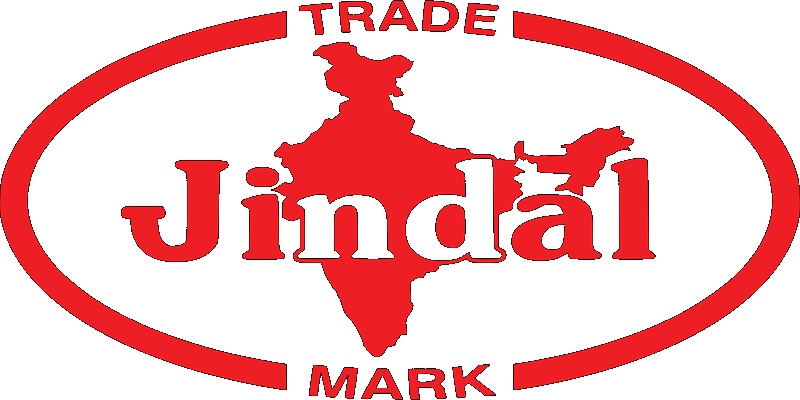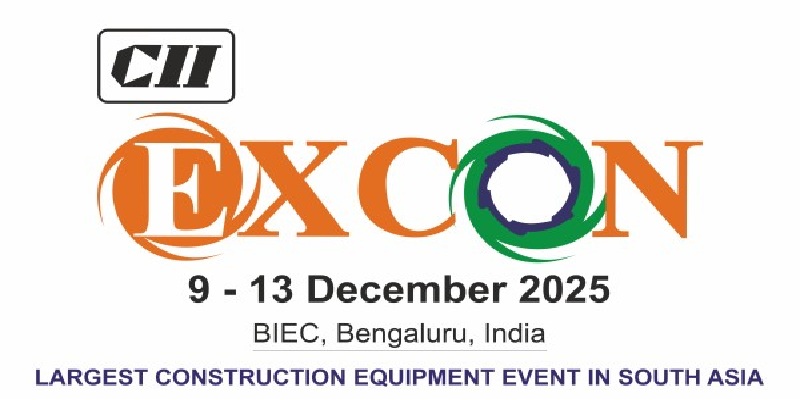Schedule a Call Back
Sparr Electronics plans to scale up production capacity
 Interviews
Interviews- Feb 10,22
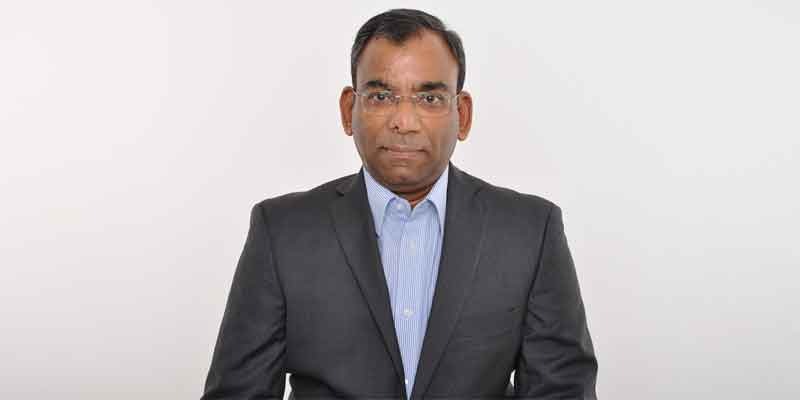
As a manufacturing of electronics and communication products, Sparr Electronics offers a strategic partnership with solution providers or software automation companies to address the various hardware challenges. The market continues to trend in the direction of improved connectivity for various industries which allows Sparr to position its products perfectly, says Mohandas Ukkandath, Managing Director, Sparr Electronics Ltd.
How is the company serving its customers?
We are an ISO 9001:2015 certified company, engaged in the design, development and manufacturing of electronics and communication products to address business needs. Our core competencies include controller boards, protocol and interface converters, wired & wireless connectivity solutions, remote monitoring solutions, indigenisation of imported controller boards and design to deliver solutions. With its head office in Bangalore, Sparr Electronics Ltd was founded in 1991 with strong design, development and manufacturing capabilities. OEMs rely on us for new product introduction and partner with us right from the design stage for their unique products.
Our domains of expertise include healthcare, solar & energy management, ATM & mobile tower monitoring, industrial automation, building automation, smart homes, access control, food processing units, waste management, automotive, avionics, medical diagnostic labs, etc.
In addition to the in-house solutions, SEL has also partnered with reputed international companies to offer IT Security, Messaging, Networking and data centre management solutions. We are national partners for MDaemon’s mail server software, GFI’s patch management software, Vipre’s antivirus software and Qbik’s proxy server software. We provide the above-mentioned software at local pricing in addition to technical support during Indian working hours.
How do you analyse the performance of your company in 2021-22 compared to 2020-21? What is driving the market?
During the financial year of 2021-22, we noticed an expected increase in business since the performance of our company during the previous year was subpar due to the global pandemic with subsequent lockdowns being imposed.
There is an increased demand at-par with pre-Covid times. However, there is a challenge in meeting the increased demand due to the global semiconductor chip shortage. Many of our products utilise these chips for their functionality and the lack of chips has led to their exorbitant import costs.
The market continues to trend in the direction of improved connectivity for various industries which allows us to position our products perfectly.
Which new products & solutions have you introduced in the market in the last 2 years? Are there any plans to launch new products in the near future?
Some of the products we launched are:
Did you develop & launch any new products & solutions during the Covid pandemic?
Our new product development has been going on and, in fact, has seen an increase due to demand from our customers driven by non-availability of imported products.
What are the key challenges faced by your customers today? How is your company helping them overcome these challenges?
Component availability has been the single biggest challenge in the past few months. We are resorting to even changing the design of our products to accommodate whichever components are available. However, this is not easy, especially because the newly designed products will have to be in every way equivalent to the existing products which have been proven to be highly reliable.
What are the emerging trends in your industry?
Robotics and automation, product design outsourcing, Internet of Things (IoT) in smart households and VR in electronic manufacturing are some of our industry's emerging trends.
How have the government initiatives like Aatmanirbhar Bharat, PLI scheme, re-definition of MSMEs, etc benefitted the industry?
The ongoing Covid crisis has exposed India’s vulnerability to the dependence on global electronics supply chains. The most glaring example is that of the shortage of chips which, in recent months, has brought the automotive and consumer electronics industries to their knees. ICs popularly known as chips, impact all industries and a recent analysis by Goldman Sachs reveals that their shortage is impacting 169 industries in some way. The impact is far severe on the electronics sector because their share in the BoM of electronic equipment can be as high as 50-60% and even a single chip missing can bring the assembly line to a complete stop.
To be on a firm footing and establish a sustainable and competitive electronics sector, India should have a strong ecosystem of electronic components manufacturing and preferably the raw materials that are required for the same, the area in which we lag far behind. As per a study by ELCINA, the demand for components was $ 32 billion for a $ 70 billion industry in the year 2019. Of this, barely $ 10 billion was manufactured locally, and that too majorly with imported raw materials. In case of active components, largely comprised of semiconductors and PCBs, domestic share is below 12%. This remains the steepest challenge for the electronics sector in achieving its strategic and economic goals set to reach the domestic manufacturing target of $ 400 billion.
The example of display screens provides an apt case where India’s dependence on imports is causing a serious roadblock in our aspirations to achieve “Aatmanirbhar Bharat†in electronics manufacturing. Another fact to note is that major share of displays and most other electronics is sourced from China, and our stress points with our neighbour are well known. If China decides to switch off the tap, or even restrict supplies, we will face severe challenges in sustaining our supply chains. Display market alone in India is estimated at $7 billion and is expected to grow to $ 15 billion by 2025. Current requirements are met exclusively through imports.
Looking at the size of the opportunity that is available, will give us an idea of the relevance of Atmanirbhar Bharat and how critical it is for our strategic and economic future. India has set an ambitious share of $400 billion for the ESDM sector. Of the $2.2 trillion plus global ESDM industry, India has a small share of less than 3.5 %. The government is aware of all the challenges and all stakeholders know that the road to a successful electronics hardware sector is rough and cannot traverse it without strong policy support.
How is the company adopting automation?
Automation improves efficiency and productivity by automating the completion of recurring tasks with the use of technology which we have by installing a state-of-the-art customised ERP software. We are also in the process of incorporating online sales onto our website while being present on various ecommerce websites automating our sales process.
Sustainability and environment awareness are growing in the industry. How is your company gearing up for this trend?
The amount of wasted electronic equipment generated every year is increasing rapidly making it one of the fastest growing waste streams. We aim to contribute towards sustainable production and consumption caused by the growing number of discarded electronics. Modern electronics contain rare and expensive resources which can be recycled and re-used if the waste is effectively managed, thereby contributing to a circular economy. In this regard, we have started a drive requesting our customers to return the products that they have purchased from us which are old / unused / lying idle which will later be examined by our team to re-use any or all of those components.
What kind of new opportunities are you looking to tap in the market?
Since our products can slot into any IoT or connectivity solutions, we are looking for system integrators and solution providers who require a last mile connectivity product. Our products are extremely reliable and can be repurposed for a myriad of various applications. Our in-house R&D team allows us to modify or customise our products to suit the exact nature of the connectivity requirement.
Since we are a product-centric company, we can offer a strategic partnership with solution providers or software automation companies, to address the various hardware challenges that they will face during implementation of their solutions.
Going forward, what are your growth plans for the company?
Our short-term growth plan would be to increase our customer base by increasing lead generation and conversion rates since our production can be scaled accordingly. Since our production and research processes are fine-tuned over the past three decades, our only goal would be to improve our lead generation systems.
The long-term growth plan would be scaling up our production facilities to meet the growing demand established by the new lead generation systems implemented. We are planning to set up our plant in the KIADB Industrial Area in Doddaballapur.
Related Stories
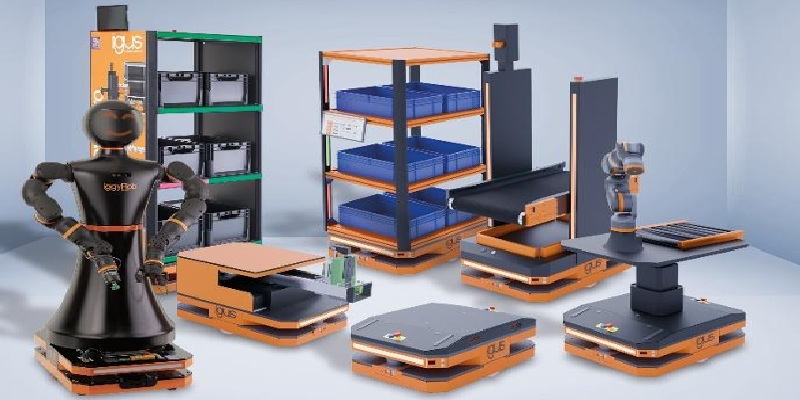
ReBeLMove Pro: Modular robot platform for logistics, assembly and handling
It is based on a compact, rectangular transport robot on four wheels with an electric drive.
Read more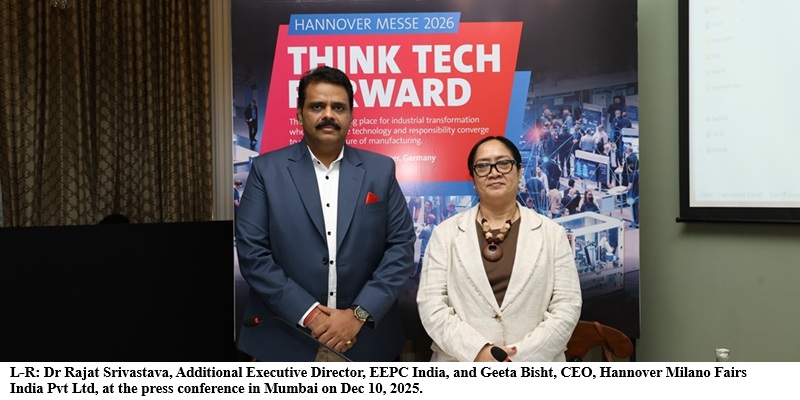
Hannover Messe 2026 to focus on automation & digitalization, adds Defense Area
At the upcoming Hannover Messe, AI will be a recurring theme throughout all the halls, and will play a central role on almost all stands.
Read more
Physical AI Emerges as the Operating System of the Modern Industrial Economy
Physical AI is transforming automation by merging robotics and generative AI to reshape productivity and unlock new industrial applications, shares Dijam Panigrahi, Co-founder and COO, GridRaster In..
Read moreRelated Products

Integrated Electric Gripper S Series
IBK Engineers Pvt Ltd offers a wide range of integrated electric gripper S series.

Geared Electric Motors
Delco Fans Pvt Ltd offers single phase capacitor run and three
phase geared Instrument motors, totally enclosed face/foot mounted.

“Kusam-Keco” Partial Discharge Acoustic Imager - Model - Km-pdai
‘Kusam-Meco’ has introduced a new “Partial Discharge Acoustic Imager Model KM-PDAI.





